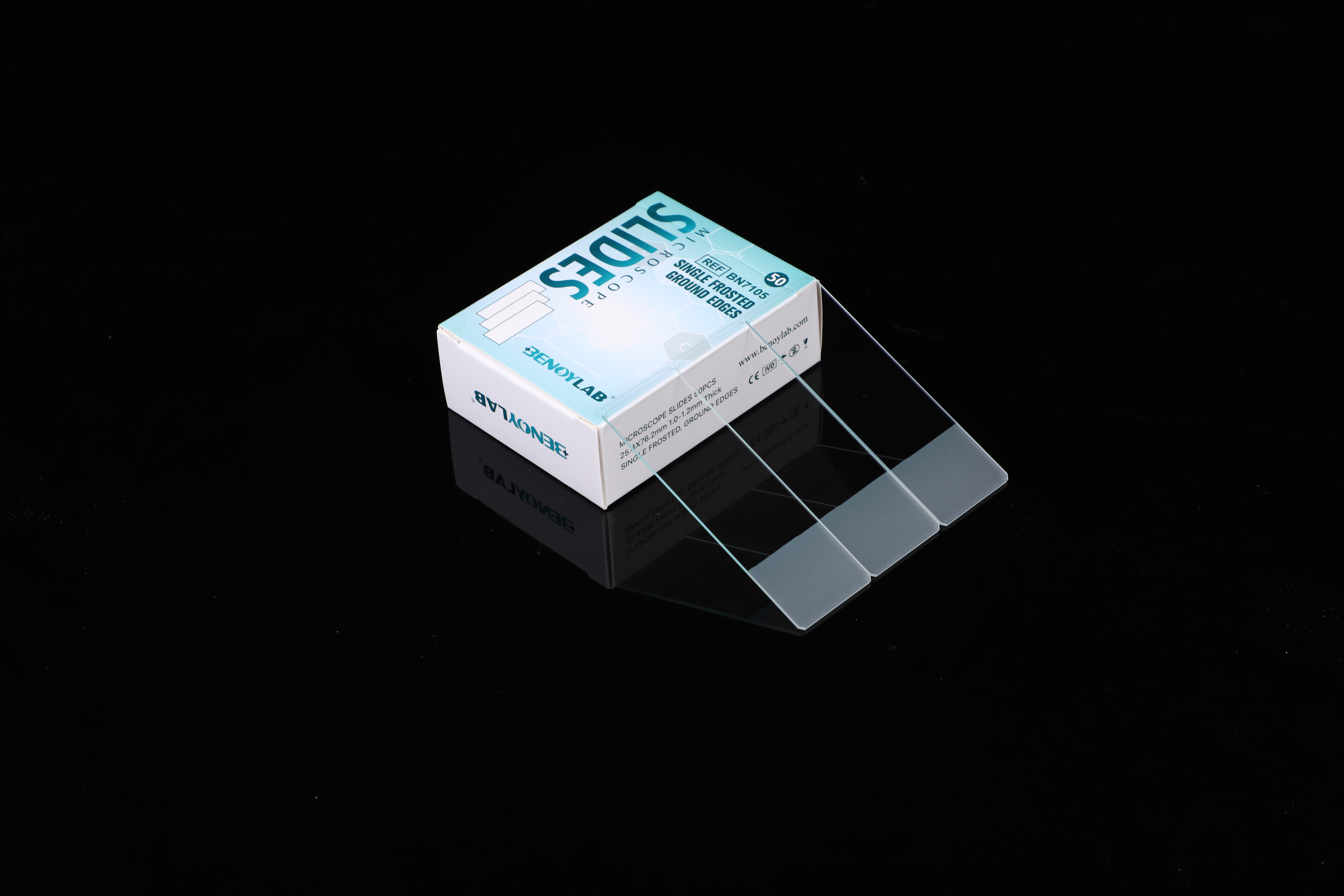Microscope slides play a crucial role in the field of biology and other scientific disciplines. These thin pieces of glass or plastic are used to hold specimens under a microscope for observation and analysis. Preserving microscope slides is essential to ensure the longevity and quality of the specimens. In this article, we will explore various methods and tips on how to properly preserve a microscope slide.
The first step in preserving a microscope slide is to handle it with care. Slides are delicate and can easily break or get damaged if mishandled. Always hold the slide by the edges to avoid touching the specimen or leaving fingerprints that can obscure the view. Additionally, be cautious when placing slides on a microscope stage or in storage boxes to prevent potential damage.

One key aspect of preserving a microscope slide is to clean it before and after use. Cleaning slides removes any debris or contaminants that may affect the clarity and quality of the specimen. Start by gently wiping the slide with a lint-free cloth or tissue to remove dust and other loose particles. If there are stubborn stains or residues, you can use a cleaning solution specifically designed for microscope slides. However, avoid using harsh chemicals or abrasive materials as they may damage the glass or plastic surface.
Once the slide is clean, proper storage is crucial to preserve its integrity. Store microscope slides in a dry and cool environment to prevent moisture and heat damage. Exposure to moisture can cause mold and fungus growth, which can degrade the specimen and render it useless for future analysis. Store the slides in specialized slide boxes or slide racks that provide a secure and organized housing for the slides.
If you are dealing with valuable or irreplaceable slides, consider using slide covers or coverslips. Coverslips provide an additional layer of protection against damage, dust, and contaminants. They also help to secure the specimen in place and reduce the risk of smudging or moving it during handling.
Labeling is another critical aspect of preserving microscope slides. Properly labeling slides ensures easy identification and prevents mix-ups. Use a permanent marker or label printer to write essential information such as the specimen name, date, and any additional details that may be relevant for your research or experiments. Labeling can also include unique identifiers or barcodes for easy tracking and cataloging.
To further enhance the preservation of microscope slides, consider using mounting media or sealants. These substances protect the specimen from fading, drying out, or deteriorating over time. Mounting media can also improve the optical properties of the slide, such as reducing light scattering and enhancing contrast. Make sure to follow the instructions provided by the manufacturer when using mounting media and sealants, as improper use can affect the quality of the slide and the specimen.

Regular maintenance and inspection are crucial to ensure the long-term preservation of microscope slides. Check the slides periodically for any signs of damage, such as cracks, chips, or signs of discoloration. If you notice any issues, it is best to transfer the specimen to a new slide to avoid any further degradation or loss.
In conclusion, preserving microscope slides is vital for maintaining the quality and integrity of specimens for scientific research and analysis. By handling slides with care, cleaning them properly, storing them in appropriate conditions, and using additional protective measures, you can ensure the longevity and usefulness of your microscope slides. Remember, it is essential to follow the specific guidelines provided by manufacturers or experts in the field to achieve optimal preservation results.
Post time: Oct-20-2023

